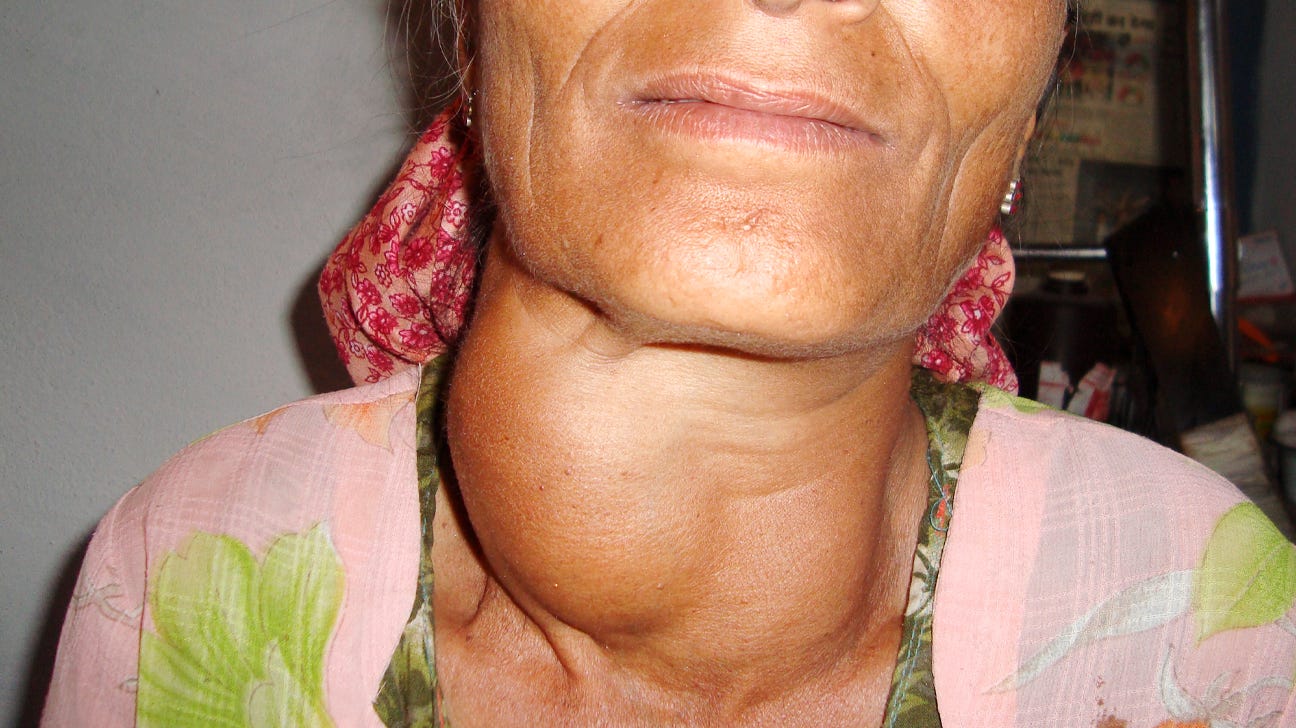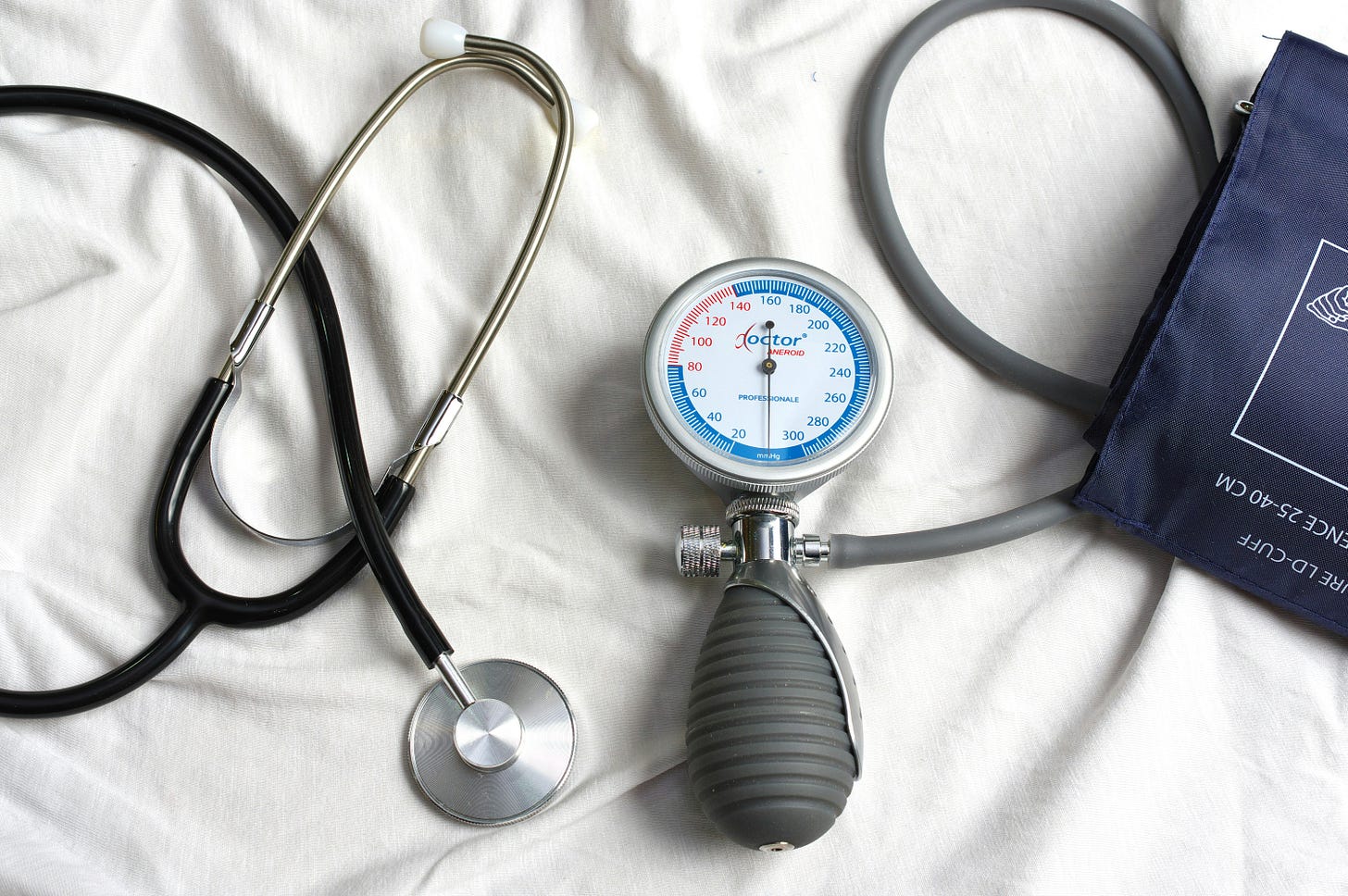Pink: Nice Color for Panties and Such, but not so Much for Salt
The drawbacks of pink Himalayan salt.
Pink is a great color.
I mean, who doesn’t like azaleas, bubble gum, flamingo lawn ornaments, Barbie dolls, and the occasional nip-slip from a fair-skinned woman?
One thing for which pink isn’t so appealing, though, is salt.
You know what I’m talking about. That pink Himalayan stuff the clerk at Whole Foods -- the one wearing the Birkenstocks and braided armpit hair -- is always pushing on you.
Poseurs on Instagram and Tik Tok have lately been extolling the virtues of pink Himalayan salt, some pointing out that it contains up to 84 minerals. That would be true. However, we need to put that in perspective, along with pointing out some other potentially serious problems with this Barbie salt.
The Minerals Argument
Sure, Himalayan salt contains scads more minerals that ordinary table salt. Take for instance the mineral potassium. Pink salt has around 3 mg. of it per gram while table salt only has about 1 mg. of the mineral per gram. That’s 300% more potassium! Eat that, table salt! In your salty face!
Okay, maybe I’d give a salty fuck if the NIH-recommendation (National Institutes of Health) for potassium wasn’t 3,400 mg for adults assigned male at birth and 2,600 mg. for adults assigned female at birth.
Look at the math: An adult would have to ingest roughly between 850 and 1,100 grams (depending on your sex) of pink Himalayan salt to reach the minimum NIH-recommended amount of potassium. Unfortunately, ingesting that much salt would cause your blood pressure to soar and your kidneys would damn near crystalize. Your arts-and-crafty aunt would attach strings to them and sell them on Ebay as suncatchers.
Consider, too, that the average banana contains about 400 mg. of potassium. That makes the 3 mg. of potassium you’d get from sprinkling pink Himalayan salt on your curly fries seem rather trivial.
Given all that, can we agree that the “superior” mineral content of pink Himalayan salt is inconsequential and not worth bragging about?
Another Category where Pink Himalayan Salt Strikes Out
Chew on this: As many as 74% of U.S. adults might be suffering from an iodine deficiency (and that’s a conservative estimate).
That’s a huuuge problem, because iodine is essential to the thyroid gland and when the thyroid gland is happy and functioning normally, it determines how your body uses energy (i.e., controls your metabolism), manufactures proteins that affect growth and development, plays a part in glucose consumption, helps regulate levels of blood lipids, and even controls body temperature.
When you're not giving the thyroid what it needs – like iodine -- it can cause fatigue and rampant weight gain, along with a host of problems, including possibly cancer.
The effects are sometimes subtle or insidious, but it wouldn’t be too much of a stretch to blame at least part of America’s obesity problem on the dearth of iodine in our diet.
Why is there a dearth of it in our diet? It used to be much more available, but due to some epic medical fails, changes in food manufacturing, and plain ol' geography, it's become relatively scarce in our diet.
Prior to 1924, the main source of iodine in peoples’ diet was seafood, but too many people lived far away from the ocean in the mountains and prairies and weren't getting any seafood and hence little to no iodine. Huge thyroid nodules and goiters became commonplace and a significant portion of America looked like a traveling circus freak show. Kids in the 4H club would take their parents and grandparents to the state fair to show off their prodigious goiters and hopefully take home a blue ribbon. Okay maybe not, but it was bad.
To address the problem, some smart bastards at the Morton Salt Company started adding iodine to their table salt back in, you guessed it, 1924. The goiter problem went into hiding, as did many of the mentioned side effects of iodine deficiency.
But now, possibly because all the attention iodine-free Himalayan salt and its fancy cousins (none of which contain iodine) are getting, iodine deficiencies and thyroid problems are again on the rise.
I can’t blame it all on fancy salts, though. Well-meaning doctors deserve some of the blame, too, as they advised patients with hypertension to stop or at least cut down on the consumption of table salt, thus inadvertently adding to the epidemic of iodine deficiencies in the U.S. Of course, whether this association between salt (sodium) and high blood pressure is that much of a problem (in most people) isn’t clear cut. More on that below.
One More Possible Problem
There’s something else about Himalayan salt that I hadn’t even thought about until it was mentioned by “Dr. Noc” on Instagram (aka Morgan McSweeney, a PhD scientist). Dr. Noc suggested that the belief that the salt is good for you might lead people to use more of it.
Now if you’ve read most of my articles, you’d know that I’m at least a little bit skeptical of the association between salt and high blood pressure. After all, the initial connection was made in 1904 when a group of French doctors noticed that six of their high blood-pressure patients happened to also be salt junkies. This caused them to conclude that it must be the salt that was responsible for the high blood pressure.
That's right, the scientists committed the scientific sin of conflating correlation with causality. Say for example you looked at 10 people who had bludgeoned their victims to death using a butternut squash. Then, while studying their habits or lifestyle for any clues, you noticed that they'd all seen at least one Kevin Bacon movie in the preceding week. You then shouted "Eureka!" and proclaim that watching Kevin Bacon movies causes people to commit violent crimes using a butternut squash.
That's pretty much what the French researchers did and it planted the "salt is bad" seed.
A few decades later, the salt phobia escalated when Brookhaven National Laboratory's Lewis Dahl released "unequivocal" evidence that excess salt causes hypertension. He came to this conclusion after inducing high blood pressure in rats by giving them the human equivalent of 500 grams of sodium a day.
As I suggested earlier in the article, that’s a hell of a lot of salt, much more than anyone would ever eat and still wake up in the morning. Let's put that in perspective. Today, the average American ingests about 3.4 grams of sodium a day. In order to match what Dahl's rats were given, that average American would have to eat 2,380 of those 1-ounce bags of Doritos you see at the checkout counter. Every day.
Since then, more sensible studies have shown mixed results about the role salt/sodium plays in hypertension. Some large studies say the link is conclusive, while others say the link, if it exists, is negligible.
One big meta-report funded by the U.S. Department of Health did indeed find that cutting salt intake reduces blood pressure. They looked at the result of 11 salt-reduction studies and found that low-salt diets decreased blood pressure, but only by an average of 1.1 millimeters of mercury for systolic blood pressure and 0.6 millimeters of mercury for diastolic blood pressure.
Ho-hum. According to science writer Melinda Wenner Moyer, writing in Scientific American, “That’s like going from 120/80 to 119/79.”
But let's give the anti-salt people the benefit of the doubt for now and accept that Americans, or at least Americans who are salt sensitive, should restrict their sodium intake. If that’s the case, the idea that Himalayan salt is healthier that ordinary table salt might cause people to salt their food to unhealthful levels.
So tell me, Madge, is regular table salt and its added iodine looking better to you now? Are you ready to leave the fancy pink salt on the shelf where its belong, or at least use it sparingly, like on the rim of a Pride Week margarita?
###
References:
Griffin, James, Ojeda, Sergio, Textbook of Endocrine Physiology, Oxford University Press, 3rd edition, 1996.
Kresser, Chris, "Is Iodine Deficiency a Bigger Problem Than We Think?" Kresser Institute, October 4th, 2017.
Piccone, Nancy, "The Silent Epidemic of Iodine Deficiency," Life Extension Magazine, October 2011.
Tellebaum, Jacob, M.D., "Iodine Deficiency – An Old Epidemic is Back," Psychology Today, August 17, 2011.
###








Heya,
As an aside, those on TRT or more, should be getting their Iodine levels checked, and look at supplementation if needed. I'm not sure the causations, but something I've noticed at high gear usage for myself, and less so at times for others.
Also, like above, check those Hematocrit (HCT) levels, nothing to do with the article, ALL about those on ANY gear.
Great article, take care all.